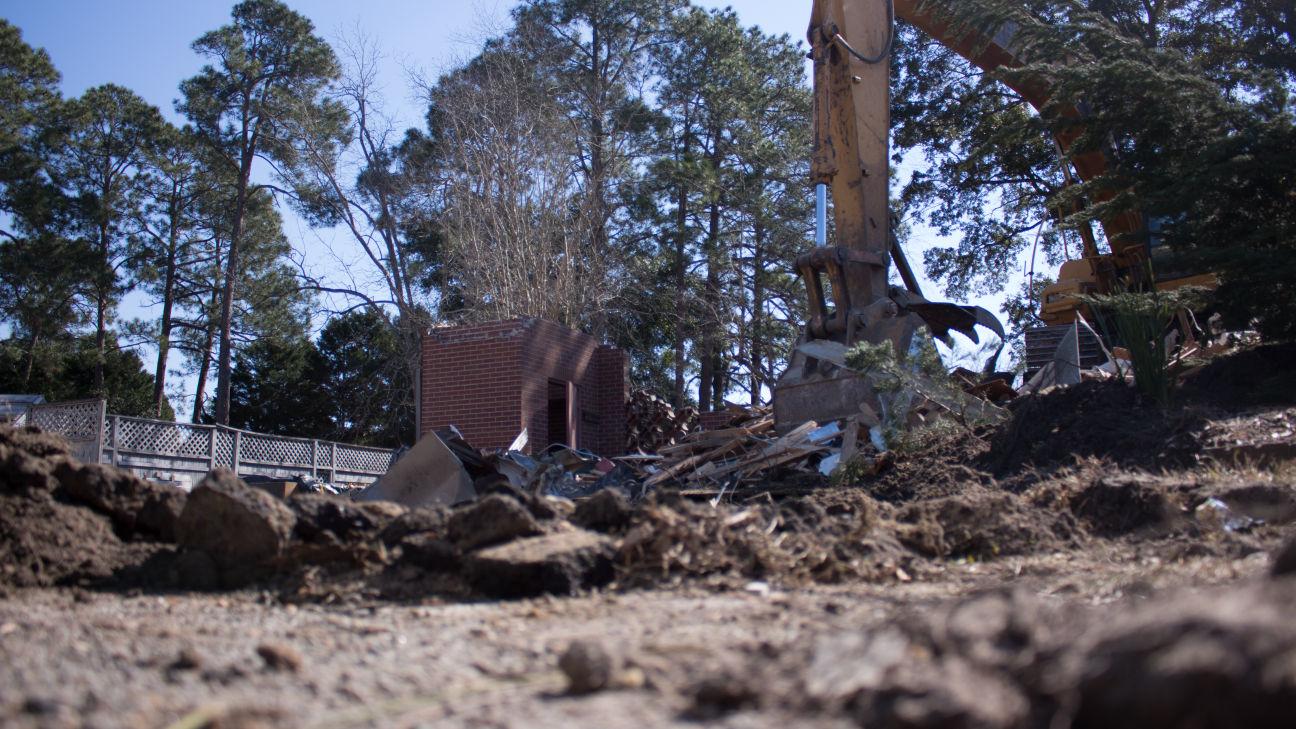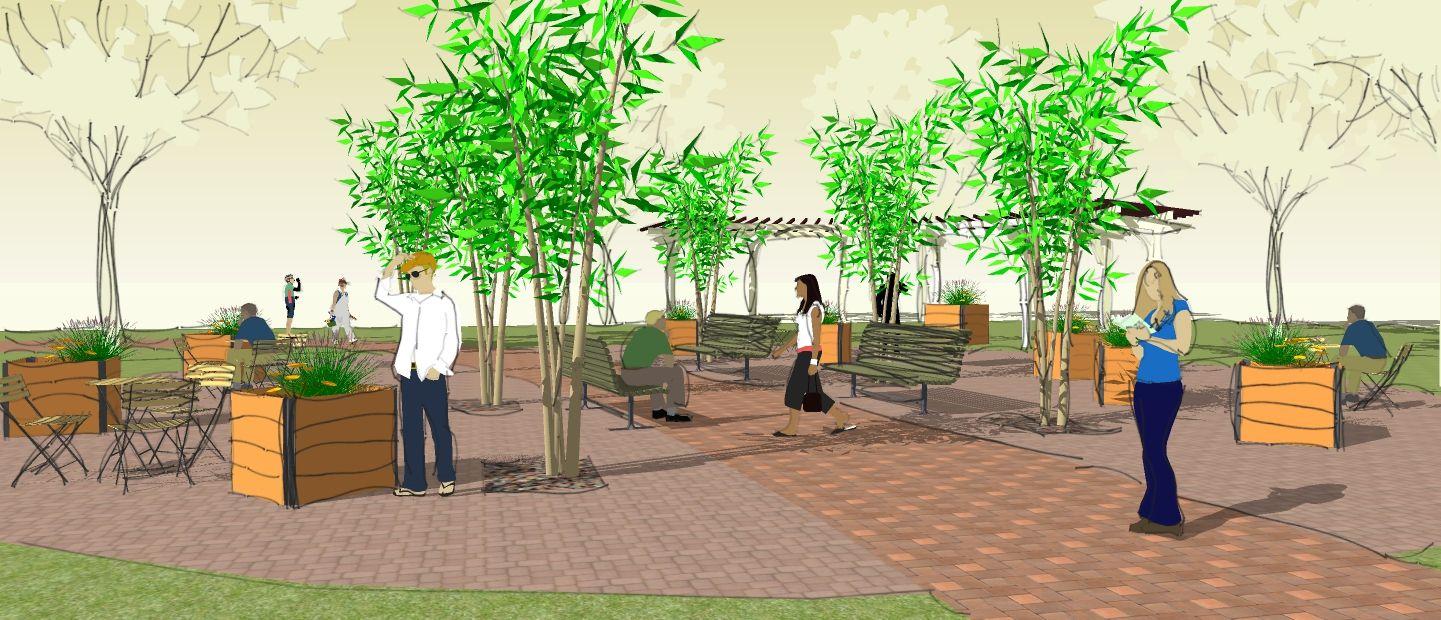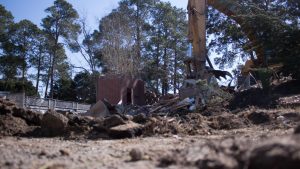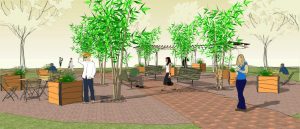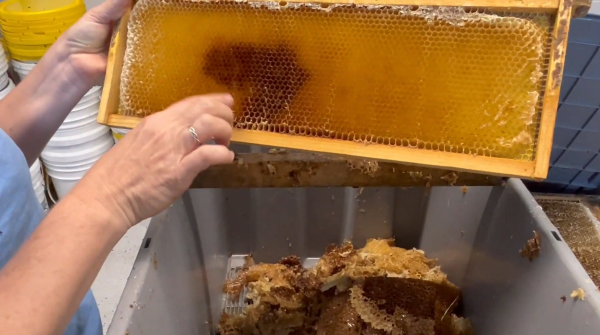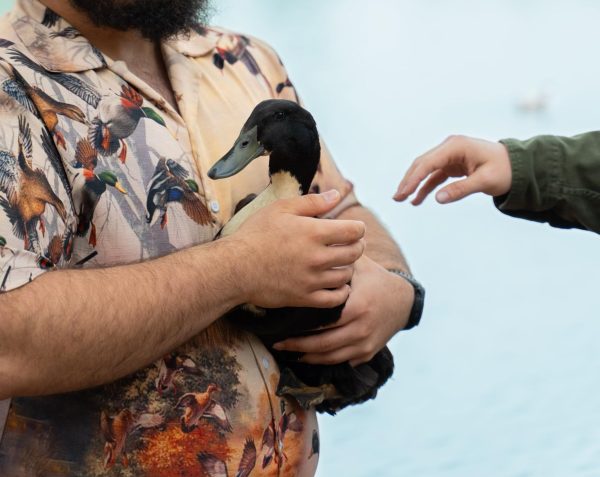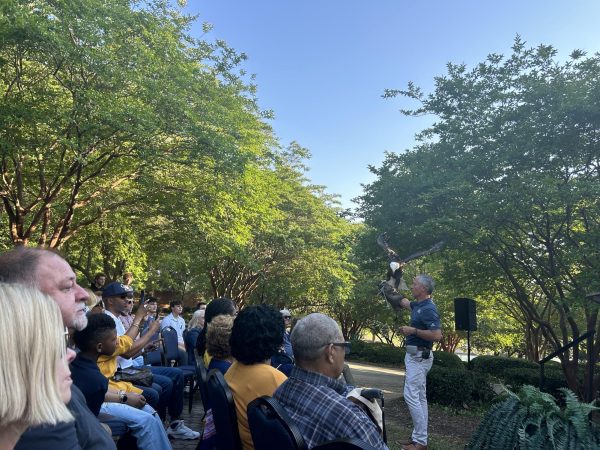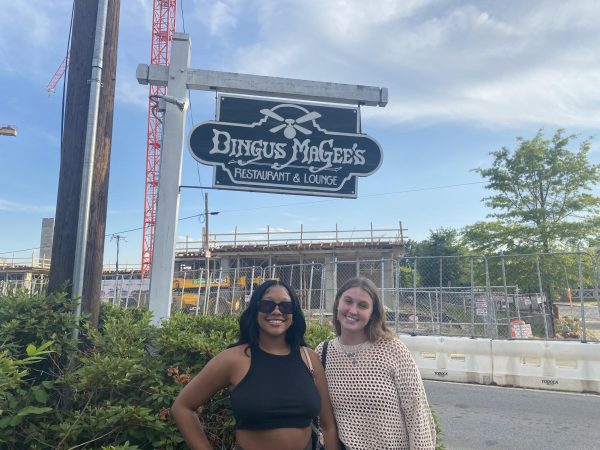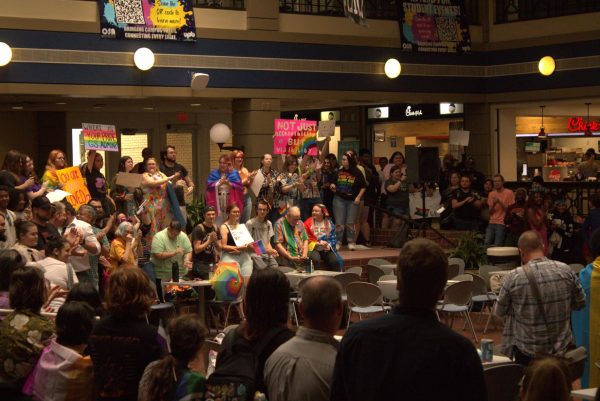Former Coastal Plain Science building to be replaced by open plaza
February 16, 2016
Just outside the Russell Union, Complete Demolition Services has reduced the former James H. Oliver Institute for Coastal Plain Science building to rubble.
According to Bobby Campbell, an employee of Complete Demolition Services, the final demolition began on Feb. 9 and is expected to be complete by Feb. 17.
The building, formerly known as the Institute of Anthropodology and Parasitology, was originally built for the home economics program in 1960, according to Carrie Thorne, a project architect at Georgia Southern University.
“It was designed as a modern home of the day to instruct students in a living lab setting, including [kitchens and bedrooms],” Thorne said.
More recently, the building housed the coastal plain science program and the Smithsonian’s U.S. National Tick Collection, the world’s largest curated tick collection, which has thrived at GSU since 1990 when the Smithsonian decided to close the collection due to a lack of funds, according to the collection’s exhibit.
The coastal plain science program and tick collection eventually outgrew the building, according to Thorne. Today, the Math and Physics Building houses the growing program and collection indefinitely.
The old building, which stood for over half a century, developed hazardous materials, according to Thorne.
“In the last years, because of problems of isolation, there were a lot of molds growing in there. It was really becoming a little bit unhealthy to stay in there,” Lorenza Beati, associate professor and curator of the U.S. National Tick Collection, said.
Thorne said these hazardous materials would have been costly to remove in a renovation and the building no longer met current building codes. As part of the 2008 Campus Master Plan, the building would be demolished.
According to an executive order by Governor Nathan Deal, the Board of Regents declared on Oct 13, 2015 that the building could no longer be used advantageously by GSU or the University System of Georgia and should be removed.
Beati said that the tick collection was moved in April, 2015—a difficult task requiring special carts to ensure the fragile collection’s safety.
“We were actually happy that we were moving out; we were happy that GSU gave us quite a lot of money to clean up all the space back here. We have many rooms and a lab [in the Math and Physics Building]. [We moved to] a healthier environment,” Beati said. “We also have a wonderful sprinkler system, because ticks are preserved in ethynol, and it’s highly flammable.”
The space where the old building once stood will become an extension of the Rotunda, according to Thorne, who said the space will remain an open area.
“[We are planning] many sustainable concepts that we are hoping the student body will enjoy, including edible plantings and casual lounge spaces,” Thorne said. “Demolition and re-establishment of the site will be completed within the next several months.”
Photo courtesy of Kiara Griffin.


